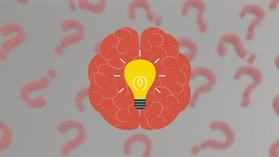The Recognition Primed Decision Model
The RPD model explains how people can make good decisions under difficult conditions, like time pressure and vague goals. Developed by studying firefighters, the RPD model demonstrates how experienced decision-makers quickly size up the situation and determine a course of action without comparing options.
The video is a brief introduction to the RPD model, explaining how individuals fuse together "pattern matching" and "evaluation of action" to quickly identify a reasonable course of action. Based on work in the field of Naturalistic Decision Making, the model describes recognition primed decision making as a way experience is used to intuitively decide how to proceed, even under uncertain and potentially high stakes conditions.
Select References
Klein, G. A. (1993). A recognition-primed decision (RPD) model of rapid decision making. Decision making in action: Models and methods, 5(4), 138-147.
Klein, G. (1998/2017). Sources of power: How people make decisions. Cambridge, MA: MIT Press.
Klein, G. (2021). The RPD Model: Criticisms and Confusions. Psychology Today (online).
Klein, G. (1998/2017). Sources of power: How people make decisions. Cambridge, MA: MIT Press.
Klein, G. (2021). The RPD Model: Criticisms and Confusions. Psychology Today (online).






